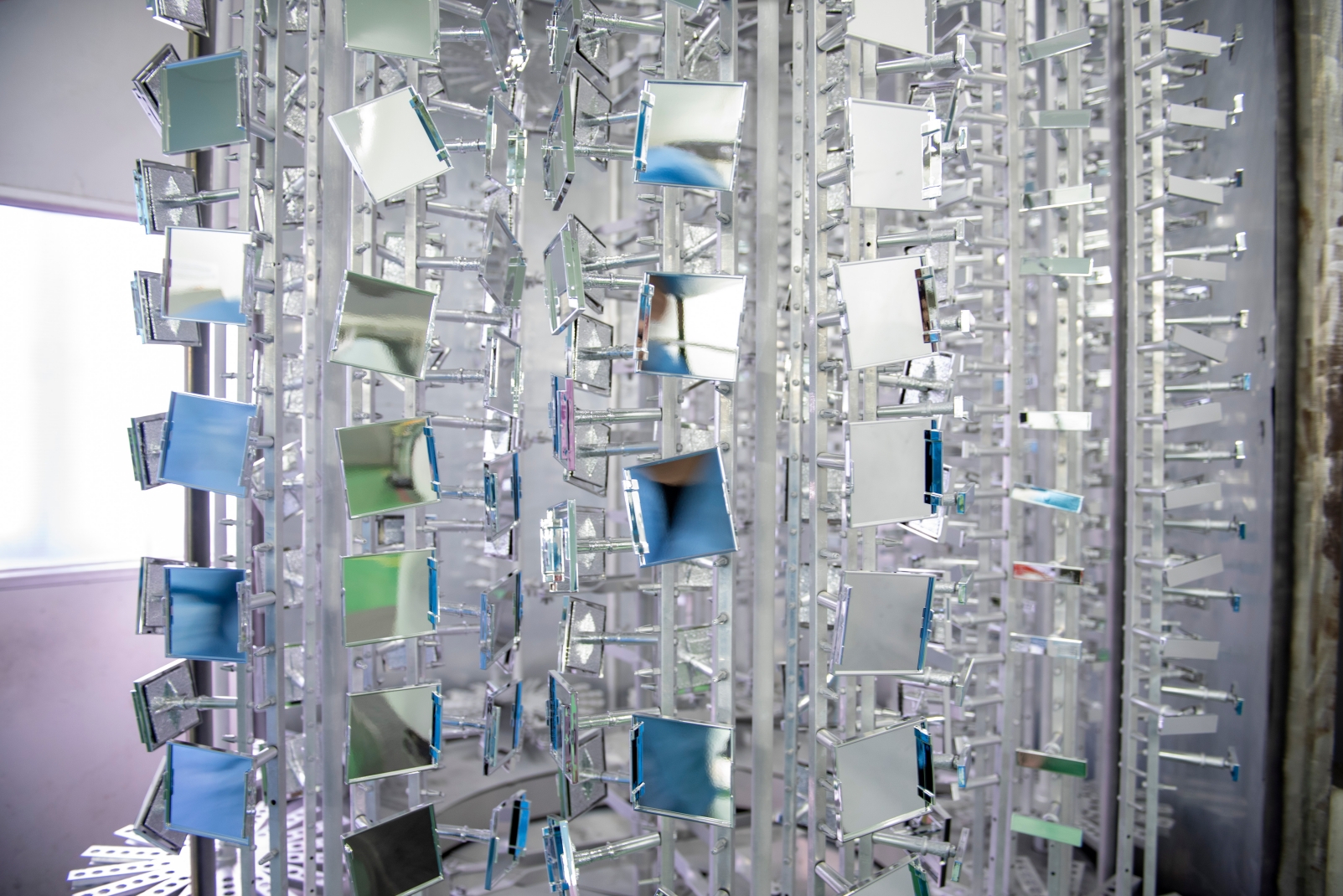Common surface treatment processes for the plastic shells of multifunctional massage devices include painting, electroplating, silk screening, pad printing, hot stamping, and laser engraving. The following details these surface treatment processes and their respective advantages and disadvantages for the plastic shells of multifunctional massage devices.
Principle and Process: Paint is evenly adhered to the plastic shell through a spray gun. The plastic shell is meticulously cleaned and non-painting areas are carefully masked in the preliminary stage. The air pressure (approximately 0.3 - 0.5MPa), spray width (10 - 30cm), and paint output of the spray gun are precisely adjusted according to the characteristics of the plastic shell. The operation is carried out in an environment with a temperature of 20 - 25°C, a humidity of 40% - 60%, and good ventilation. Subsequently, it can be air-dried naturally (for 24 - 48 hours) or heated in a drying oven (at 50 - 80°C for 30 - 60 minutes).
Advantages: A wide variety of colors can be formulated to meet diverse design requirements; the equipment and material costs are not high, facilitating overall cost control.
Disadvantages: Scratches are prone to occur during daily use, and the wear resistance is poor; when in contact with chemical substances, the paint is liable to change color and corrode, with insufficient chemical resistance.

Principle and Process: After conventional painting, the paint is rapidly cured with the aid of ultraviolet curing equipment. The air pressure of the spray gun (approximately 0.4 - 0.6MPa) and other parameters need to be appropriately adjusted according to the characteristics of the paint. At the same time, the power (80 - 120W/cm), wavelength (365nm or 405nm), irradiation distance (10 - 15cm), and time (30 - 120 seconds) of the ultraviolet lamp tube are precisely set.
Advantages: The paint film is hard and smooth, with strong wear resistance; it has good tolerance to common chemical substances; the ultraviolet curing is rapid, significantly enhancing production efficiency.
Disadvantages: The purchase and maintenance costs of the dedicated UV curing equipment are high; strict control requirements are imposed on process conditions such as paint thickness and ultraviolet irradiation parameters, and problems such as incomplete curing or paint film quality issues are prone to occur.
Principle and Process: Based on the electrolysis principle, through the pretreatment of the plastic shell, controlling the composition of the electroplating solution, current density, and time parameters, a metal film is deposited on its surface.
Advantages: It exhibits a strong metallic texture and luster, significantly enhancing the surface hardness and wear resistance.
Disadvantages: There are potential environmental pollution hazards, and the process is complex and costly.

Principle and Process: In a vacuum environment, the metal is evaporated and then deposited on the surface of the plastic shell, with the deposition rate, film thickness, and other parameters being regulated.
Advantages: The formed metallic texture is fine and uniform, and the environmental performance is relatively good.
Disadvantages: A huge equipment investment is required, and the production efficiency is relatively low.
Principle and Process: By fabricating a silk screen, mixing ink, and controlling parameters such as the pressure and speed of the squeegee, silk screen printing is performed on the plastic shell.
Advantages: It can achieve rich and highly precise pattern printing with good cost-effectiveness.
Disadvantages: The printing effect of large-area solid colors or gradients is not ideal, and pattern deformation and blurring problems are prone to occur during curved surface printing.

Principle and Process: First, the steel plate is etched, and then the silicone head is used to pick up the ink on the steel plate and transfer it to the plastic shell, with the pressure and contact time of the silicone head being controlled.
Advantages: High-precision printing can be achieved, and it has good adaptability to curved surfaces.
Disadvantages: The production efficiency is relatively low, and the costs of fabricating the etched steel plate, special silicone head, and ink are high.
Principle and Process: Metal foil is stamped onto the plastic shell using high temperature and pressure, and parameters such as temperature, pressure, and time need to be set properly.
Advantages: It presents a high-end and luxurious appearance, and the pattern has good durability.
Disadvantages: The cost is high, and it is difficult to change the design, with limited flexibility.

Prnciple and Process: Laser engraving is carried out on the plastic shell by using a laser beam, with parameters such as laser power and scanning speed being adjusted.
Advantages: It has high engraving precision and a large degree of freedom, does not damage the material, and is environmentally friendly.
Disadvantages: The equipment purchase investment is large.

Dongguan Worldbound Plastic Products Co., Ltd. is an injection mold factory and plastic mold factory that focuses on providing a complete set of solutions integrating product design, precision mold manufacturing, injection molding and assembly, and after-sales service for mid-to-high-end brands. Welcome to visit for inspection.
Copyright © 2023 :Worldbound Plasitc Products Co.Ltd